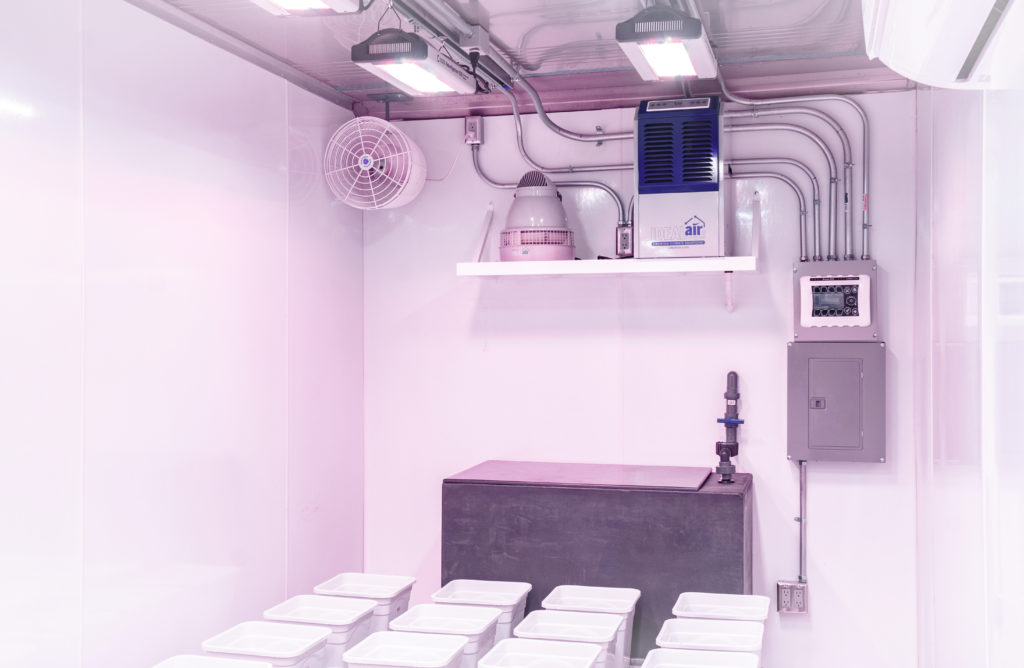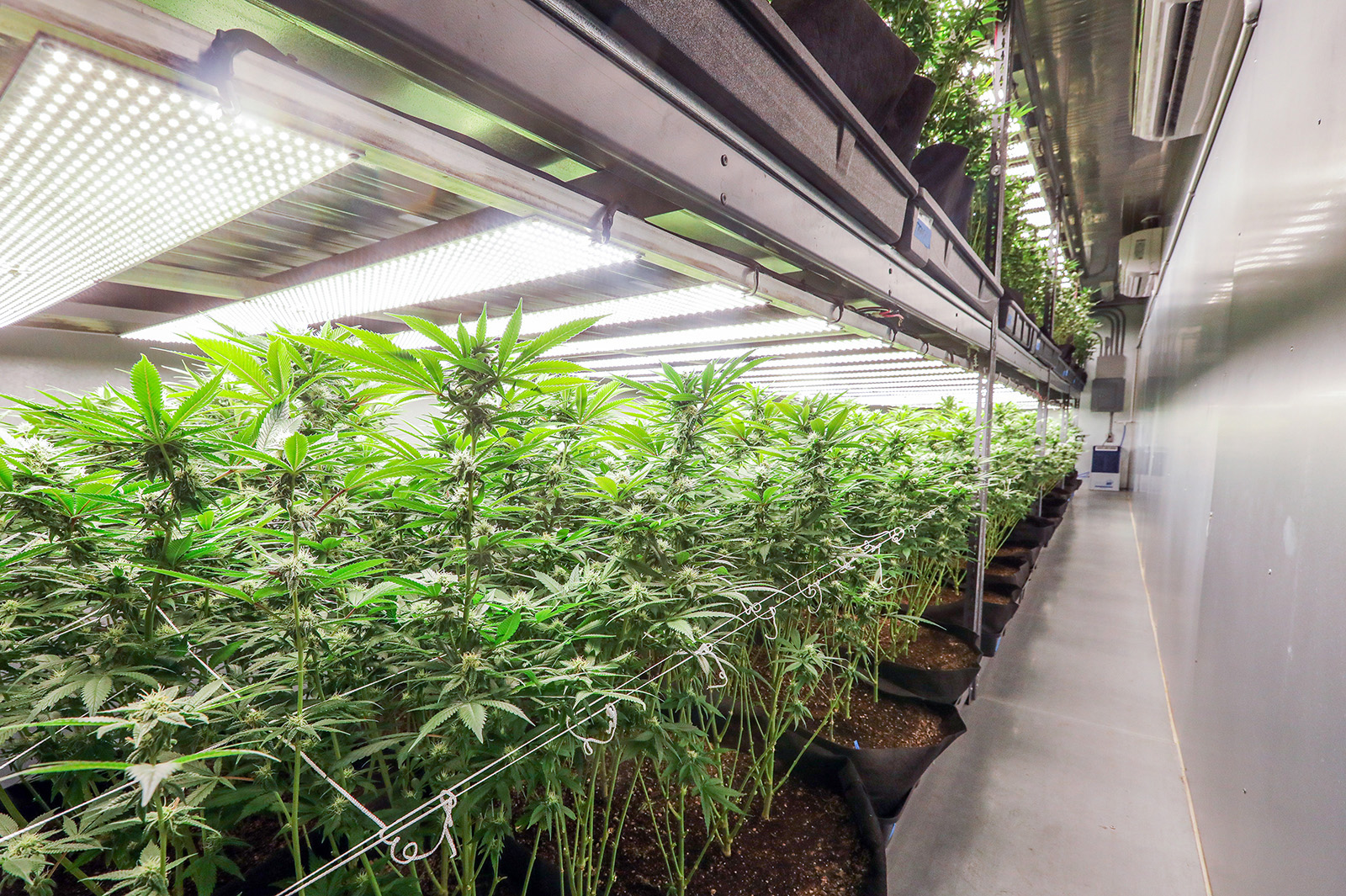Why Indoor Growing Technology is Attracting Investors
Show Me the Vertical Farm Money!
Softbank famously ploughed $200m into Plenty, Aerofarms raised $100m, even the government of France, the largest agricultural producer in the EU, is tracking developments. Bloomberg recently forecast the industry could be worth $20billion by 2026.
The underlying market drivers make for some worrying reading. The world’s rising population needs to be fed - the areas of arable land available is shrinking - even today the USA can’t produce enough vegetables to feed even half the population.
Vertical indoor farming allows nutritious food to be grown where it’s needed, regardless of land availability or climate. Lettuce can now be grown anywhere in the world, perhaps even around the block from where you live. The systems also reduce the amount of water and energy that goes into food production. Research firm Frost and Sullivan estimate that every hectare under vertical farming can substitute nine hectares of conventional outdoor farmland and save 200 tonnes of water every day.

A question of costs
The principle costs going into the vertical operation are land and electricity. The development of LED lighting has been a major source of savings in the past and become more efficient year on year. LED lighting costs have dropped considerably amid a 20 per cent improvement in energy efficiency.
The next step is HVAC costs which can be considerable in sealed vertical farms and labor. But even with both of these progress has been made, we’re unlikely to get to 100% automation - today harvesting food still requires human hands and eyes. But even then fully automated grow is very close indeed and there are a number of suppliers across the world who have developed automation systems for vertical farms which minimize labor costs.
Where do we go now?
Investors are also interested as the more startups exist, the more operational data can be created. This includes data about the product: yield, energy requirements, customers and margins. But it also includes data about the business itself and the economics of scale and production - vital data for investment level decisions.
As more and more information is collected systems are getting smarter and owners more effective at innovating, essential in such a high capex sector. Some commentators are already talking about the 2nd generation of vertical farms, who will take all the learning generated so far and apply it to continually optimizing systems.
A 2nd generation plant will not only be able to optimize growing processes of different crops and be fully automated, but will also have automated harvesting, sorting, grading and even packaging and dispatch to customers.These developments would create and an entirely “smart” farm, manageable from a single cloud-based dashboard.
A 2nd Gen farm would also massively reduce opex, making business cases much more understandable for investors in the future .Ag-tech has been a star investment vehicle in the first 20 years of this century. The 2nd generation of vertical farms could soon make them the stars of the next 20.
Address
Micro Lab Farms
3353 Needles Hwy
Needles, CA
(951) 266-6096

